The different tribes and their working techniques
Three main Native American tribes have left magnificent jewels as a legacy to today's society: the Hopi, the Navajo and the Zuni. The Navajo nation is found in Northeastern Arizona, New Mexico and Utah as well as the Zuni, while the Hopi are known to come from Northeastern Arizona in the Four-Corners region. These three tribes had one thing in common: the ability to make exceptional jewelry, but with different methods. The Navajo were the main manufacturers. Here's how each tribe was able to offer the best of their working techniques, especially for jewellery made of turquoise stone.

THE NAVAJO: the work of silver and raw turquoises
For the Navajo, turquoise has a very strong symbolism of water, especially rain: it is a central element in all their creations. In the Navajo community, it is the master jewelers who have access to Native American turquoise. The work of silver appeared in the 19th century, when they cast dollars and pesos. The artisanal techniques in themselves are the result of methods specific to Mexican craftsmen at that time. Jewelry is a gift in the Navajo nation: to give means to receive.
It is a true exchange, a sharing of precious objects. Navajo style Native American jewelry is characterized by the use of solid silver for beads and clasps and very large stones in most pieces. This is what makes their creations so special. Starting in 1940, Navajo artists discovered the Zuni inlay method, which involves inlaying Native American turquoise and coral into hollow shapes to create beautiful, colourful pieces.

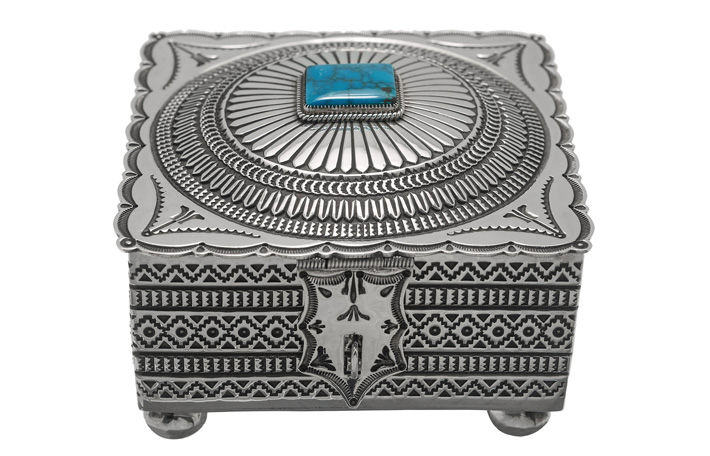

THE ZUNI: their stunning inlay work
The Zuni tribe is known to be at the origin of the ancestral technique known as the inlay. The inlay technique has different names: it is the technique of the "petit point" or "needle point". Zuni jewelry is thus decorated with mosaics of semi-precious stones such as Coral, Turquoise, Black Jet or Mother-of-pearl. The Native American jewels made by the Zuni are real work of art. Their creations are true masterpieces. Moreover, Zuni jewels are much rarer than the jewels of other Amerindian tribes such as the Navajo for example.
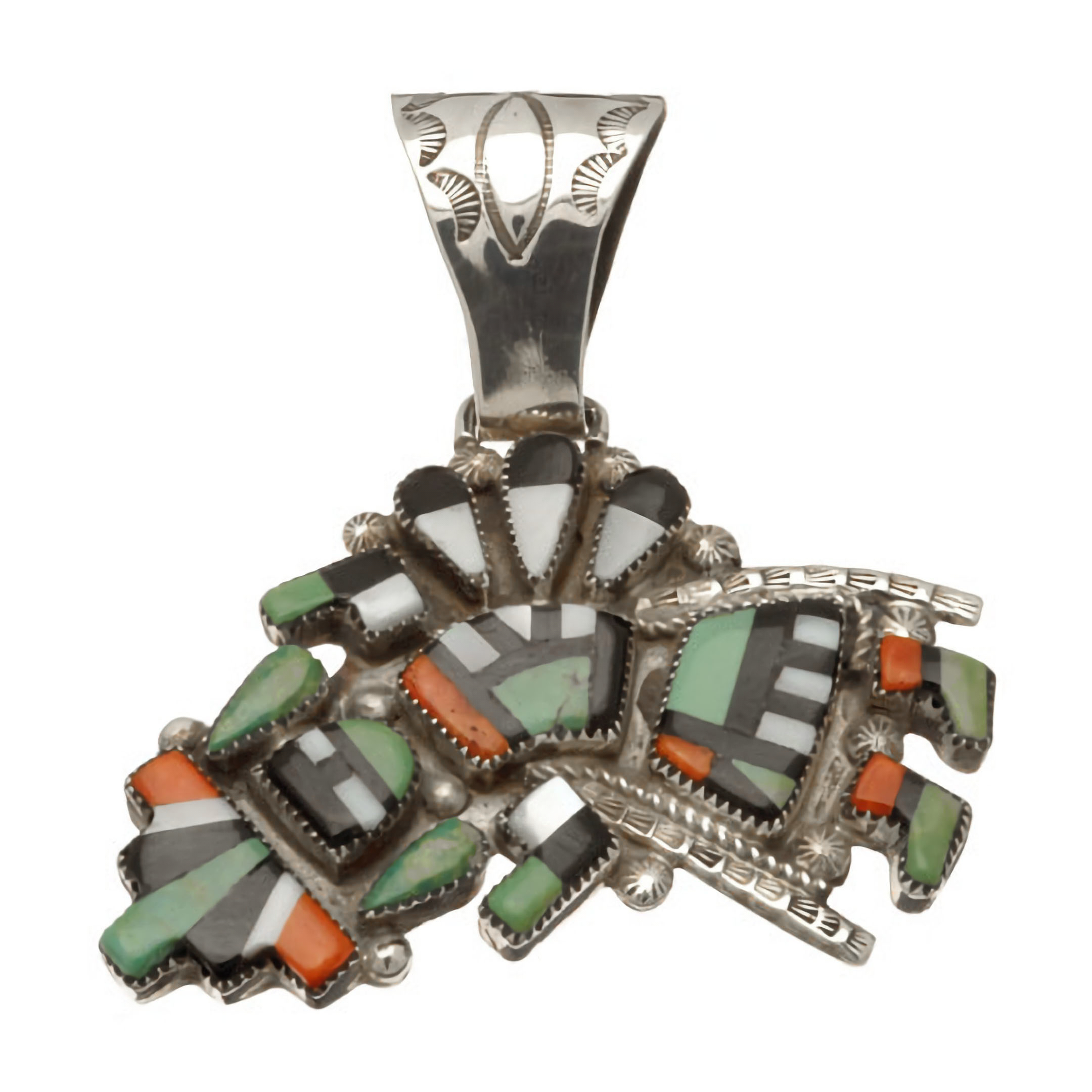
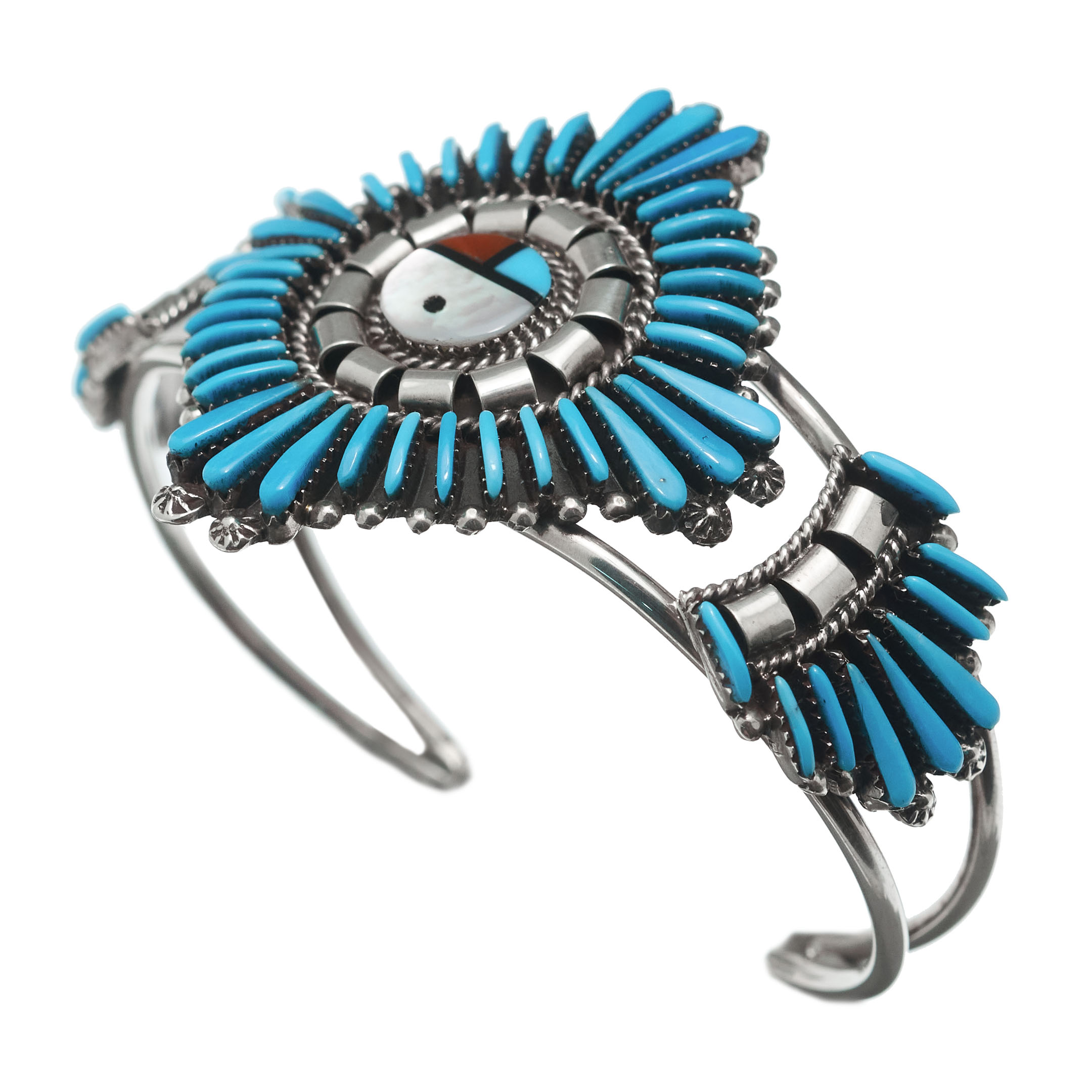


THE HOPI: kings of silver
The name Hopi means "The Pacific" and the tribe is well known for its admirable work with money coins. The jewels of the Hopi nation are very particular and different from the Navajo and Zuni jewels: the technique used is the so-called Overlay technique, that is to say, covering, in addition to the use of stones such as Turquoise. This method of overlaying is a real goldsmith's work: it consists in cutting a drawing in a silver sheet, then placing it on a soldering plate.
All the particularity of the work of the Hopi jewelry is that the decoration appears by texturing, oxidizing then blackening the obtained pattern. The talented craftsmen of the Hopi Nation have made it possible to create unique pieces using an exceptional tracing technique. Indeed, when the decoration appears, the entire surface of the jewel is polished. The ancestral technique of working with silver, creating original patterns and polishing, makes it possible to recognize Hopi jewelry among a thousand.
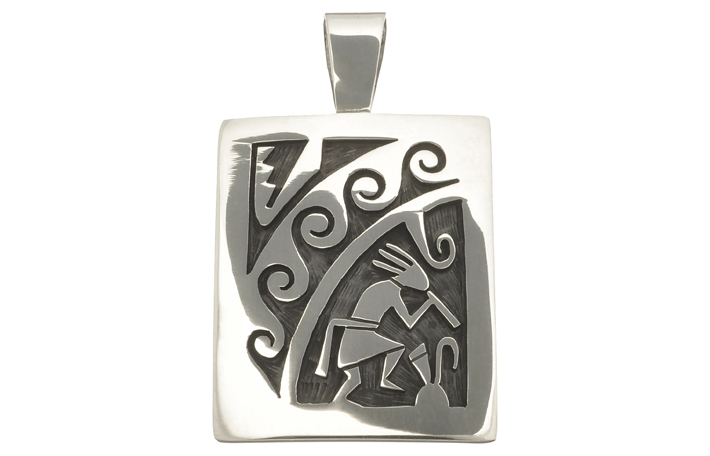
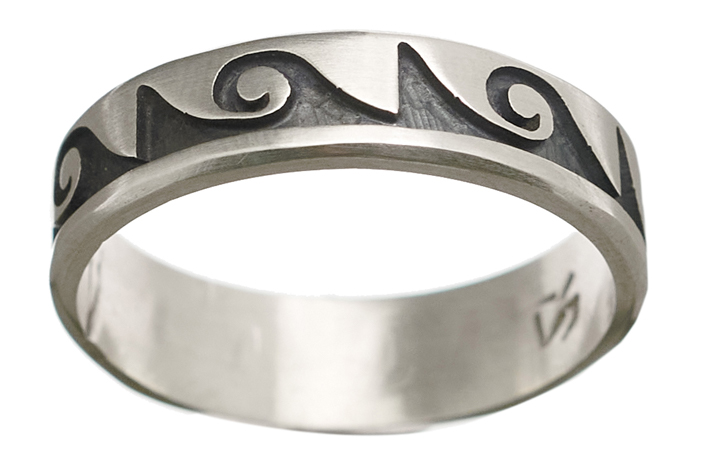

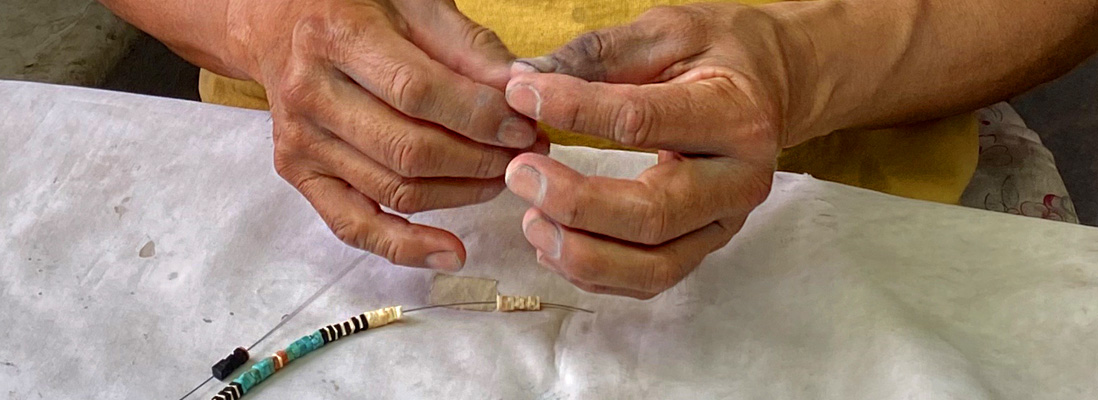
 Rings
Rings Bracelets
Bracelets Necklaces
Necklaces Earrings
Earrings Pendants
Pendants Buckles
Buckles Belts
Belts Fetishes
Fetishes Bolo ties
Bolo ties Stunning Pieces
Stunning Pieces Moccasins
Moccasins Miscellaneous
Miscellaneous Decorations
Decorations